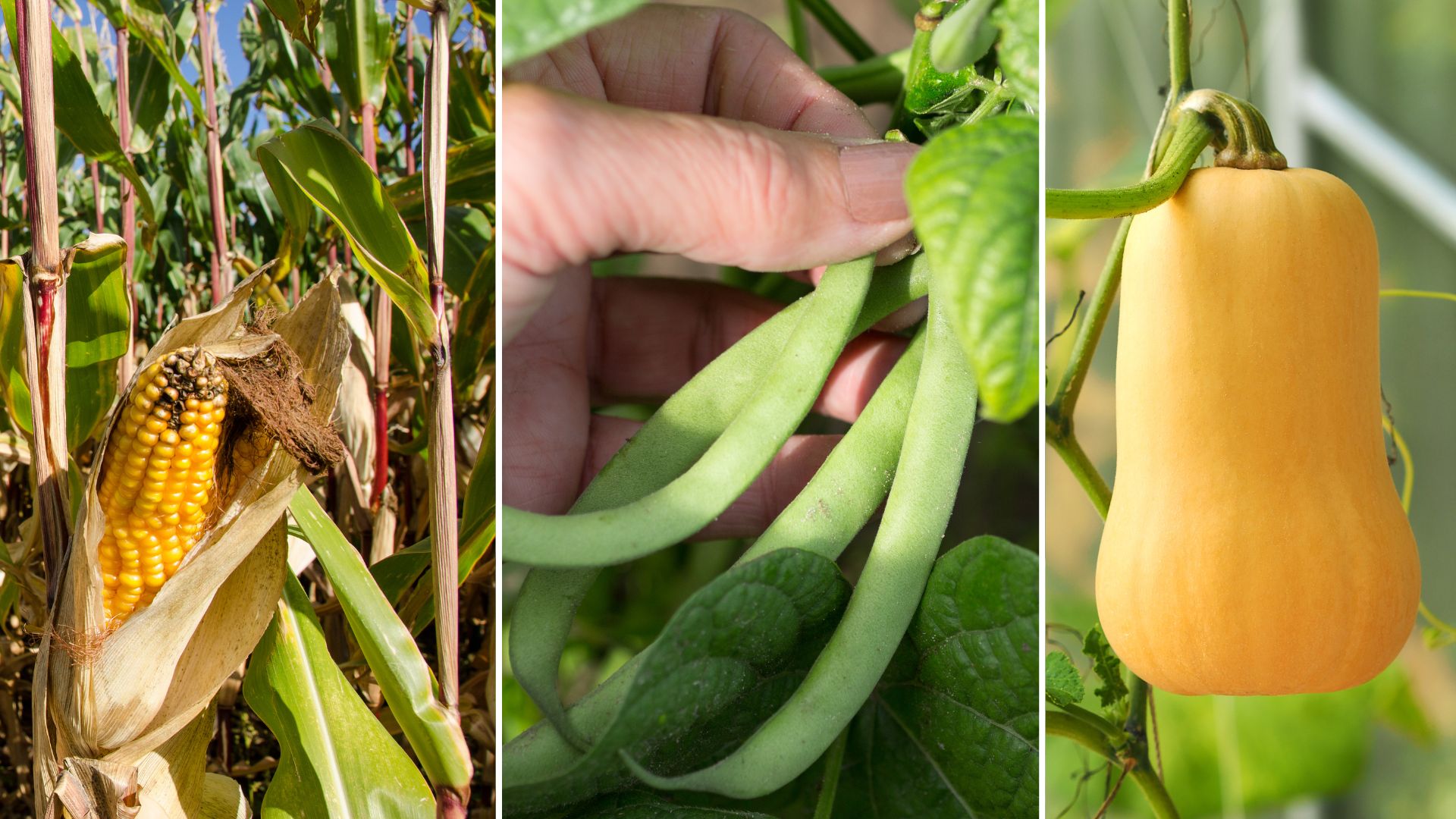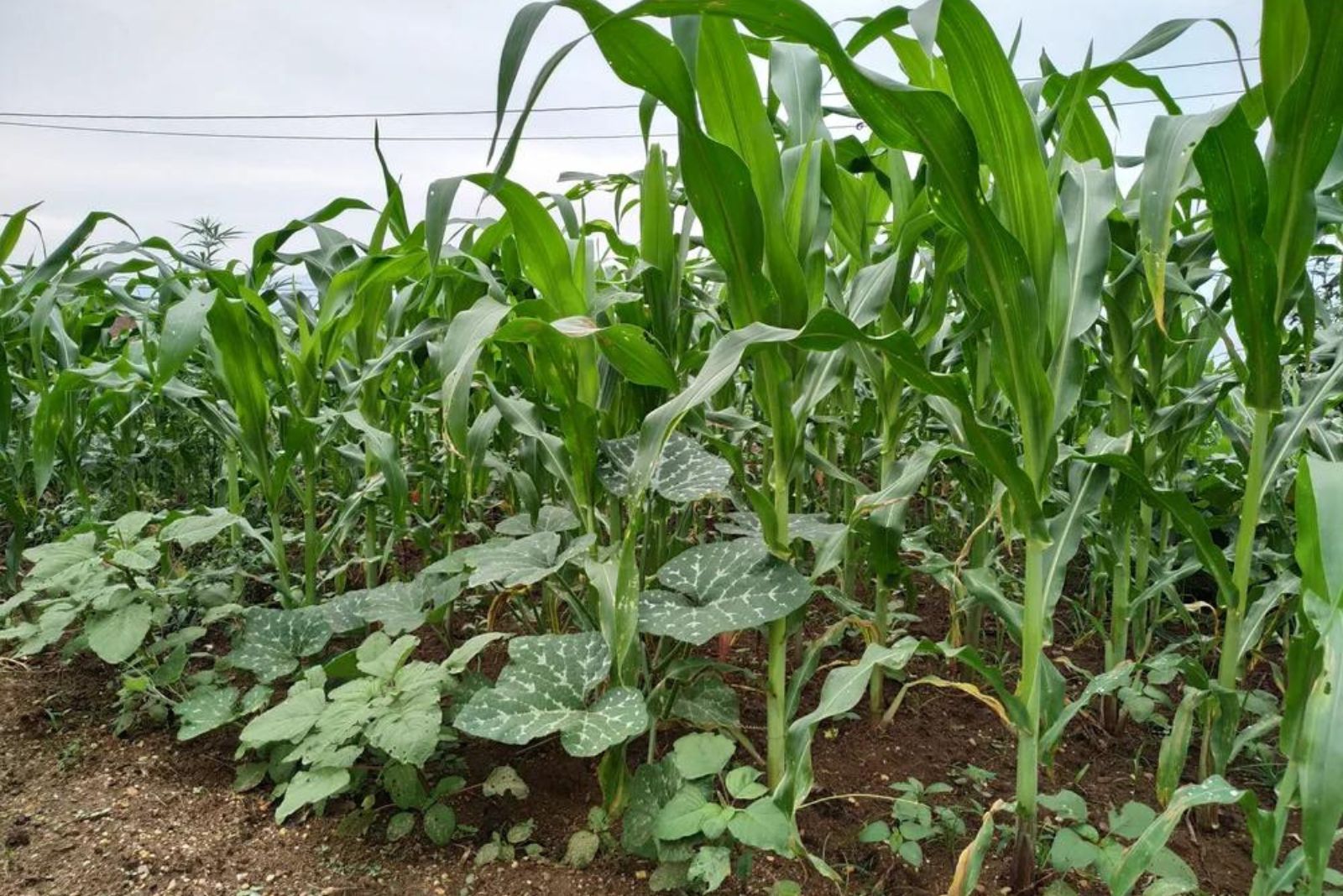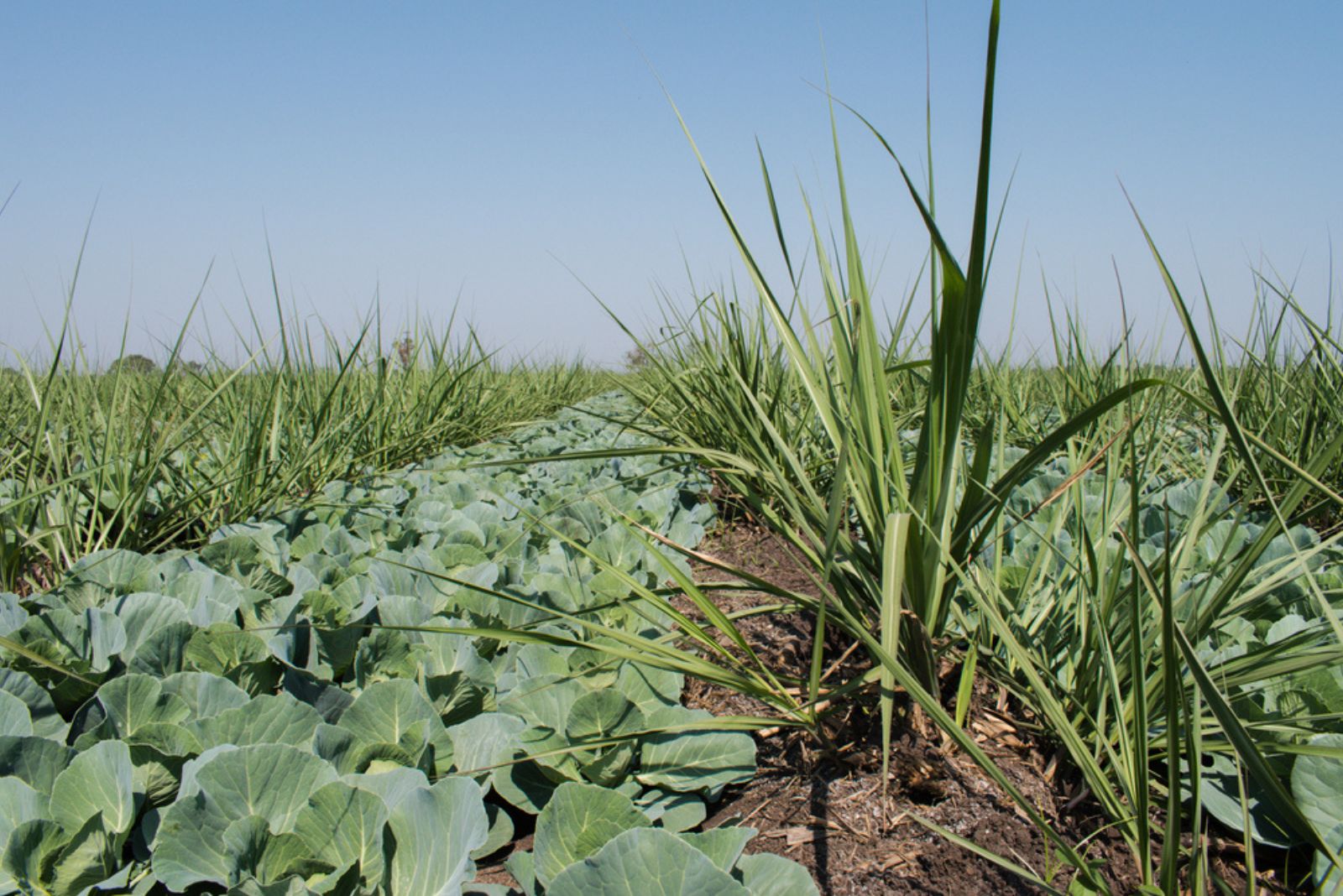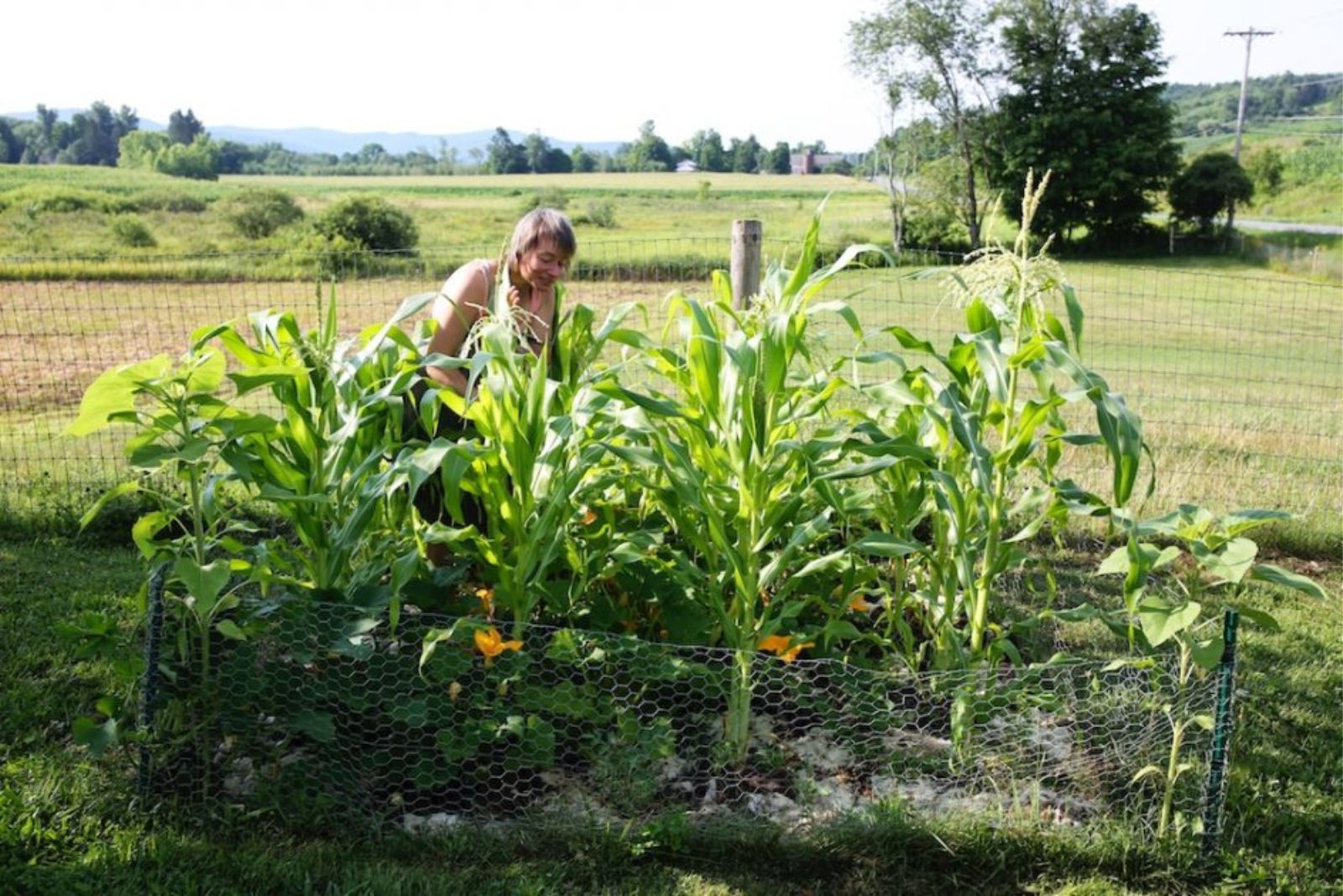Sustainability has gained in popularity in recent years and nearly every gardener is implementing at least one method, be it collecting rainwater or building your own soil.
In this article, I’ll talk about the three sisters companion planting method – another way of having a more sustainable garden.
What is this method? Why should you implement it? What is its purpose and impact? These are all the questions we’ll tackle in the following sections, so stick around!
What Are The Three Sisters?
The three sisters is a planting method that dates all the way back to the Native Americans.
It involves growing three basic crops – corn, beans, and squash – together and reaping their benefits.
This method imitates nature and helps the soil stay healthy over a prolonged period of planting and harvesting.
The three sisters method:
• Creates specific microclimates for the crops you plant
• Reaps the benefits of companion planting
• Includes crop cycling, keeping the substrate covered during more extreme seasons
Additionally, corn provides a stake for the beans so that they can climb and develop healthily. Beans fixate nitrogen and enrich the soil with this nutrient.
And squash acts as a ground cover, creating a microclimate which increases moisture-retention and reduces evaporation (and your watering chores).
The Importance Of This Companion Planting Method
When we turn to nature, we notice that there is no ecosystem that is a monoculture. It is us, the humans, that mass plant a single crop for greater gains.
Even Western agricultural science, previously solely focused on monoculture, is beginning to recognize the importance of intercropping. It positively affects the soil and offers 22-32% higher yields compared to monoculture. (1)
Therefore, the three sisters planting method creates healthier soil and, in return, healthier ecosystems.
There’s less chemical use in terms of fertilizers and pesticides, higher fertility of the growing medium, and more carbon retained in the soil.
Its Purpose
The purpose of this planting method is very simple: working together with nature in order to heal and restore it to its original glory.
In return, nature provides us with the resources we need to survive, such as fruits and vegetables. It also ensures the health of the entire ecosystem that surrounds it, including wildlife, insects, native plants, etc.
Environmental Impact
Industrial farming and constant tilling leads to large emissions of greenhouse gasses into the atmosphere.
The three sisters method can regenerate the soil and help capture and retain carbon in the soil where it can stay for centuries and millennia. (2)
These are some of the ways in which this planting method affects climate change:
• Promoting necessary diversity for thriving ecosystems
• Increasing life within the soil, positively affecting its overall health
• Increasing soil’s moisture-retentive abilities
• Nourishing native biome and ourselves
• Ensuring flourishing habitats for local plants and animals
• Capturing and retaining greenhouse gasses in soil and plants, reducing climate change
• Enhancing nutritional value of all cultivated and harvested food
• Building stronger connections to the Earth and our communities
• Contributing to bridging the gaps in essential resources like food, water, and other critical aspects, aiming to reduce global conflicts and unrest
Tips To Help You Start
Go small. Find a small plot in your garden and start by planting just a couple of plants. A single combination of corn, beans, and squash is more than enough to get you started. First learn the basics and then increase the number of plants.
Look around. Take a long look around your garden and observe the sun and shade exposure. Monitor the wildlife and see which animals might decimate your garden, taking precautions against them.
Pest control. Use natural and organic pest control methods to keep your garden safe and healthy. Diatomaceous earth and neem oil are safe for plants and the environment, just make sure to follow the instructions on the package.
Use what you have. You don’t have to start with the three sisters method if you don’t have the means right now. Grow plants and seeds you already have; plant them in containers and group them to create microclimates and make sure they’re all healthy.
Once you learn more about your outdoor space and what plants need, you can introduce new varieties and make garden beds.
Use natives. Natives are top plants for lawns and gardens as they are non-invasive and won’t choke out other species.
Pay it forward. Share the information about sustainable living and help your ecosystems that way.
Rewild yourself. Alter your understanding of what a beautiful and aesthetic garden is and accept a little chaos in your outdoor space.
Rewild your garden. Rewilding means letting your garden slightly go, alternating traditional lawns with no-mow alternatives or microclover, and planting natives and wildflowers. Just make sure to follow your local and county ordinances.
Have fun. A true gardening experience is something to enjoy, whether it’s the process, the beauty, or the end-of-the-season harvest.
Enjoy planting your three sisters and perhaps add a sunflower or two for fun.
References:
1. Kapayou, D. G., Herrighty, E. M., Gish Hill, C., Cano Camacho, V., Nair, A., Winham, D. M., & McDaniel, M. D. (2022). Reuniting the Three Sisters: Collaborative Science with Native Growers to Improve Soil and Community Health. Agriculture and Human Values.2. Wanaselja, C. (2021). Exploring the Impacts of No-Till Agriculture and “Three Sisters” Intercropping on Carbon Sequestration and Soil Health. Pomona Senior Theses.




